Presentation: The Role of Media in Shaping Modern Society
VerifiedAdded on 2021/06/17
|22
|1570
|66
Presentation
AI Summary
This presentation examines the multifaceted role of media in contemporary society, exploring how digitalization has transformed media ownership and content production. It delves into various theories, including Information Diffusion Theory, Social Marketing Theory, Media System Dependency Theory, The Knowledge Gap, The Spiral of Silence, Agenda Setting, News Production Research, and Media Intrusion Theory, to illustrate the profound influence of media on politics, education, and daily life. The presentation analyzes how these theories explain the impact of media on information consumption, political discourse, and the potential threats to democracy. It highlights the evolution of media's role, from traditional government control to the widespread accessibility of content creation through digital platforms. The discussion covers the strengths and limitations of each theory, providing a comprehensive understanding of how media shapes public opinion, influences behavior, and affects the quality of information accessed by society. The presentation concludes by emphasizing the pervasive impact of media and its increasing dominance in political marketing and social influence.
1 out of 22
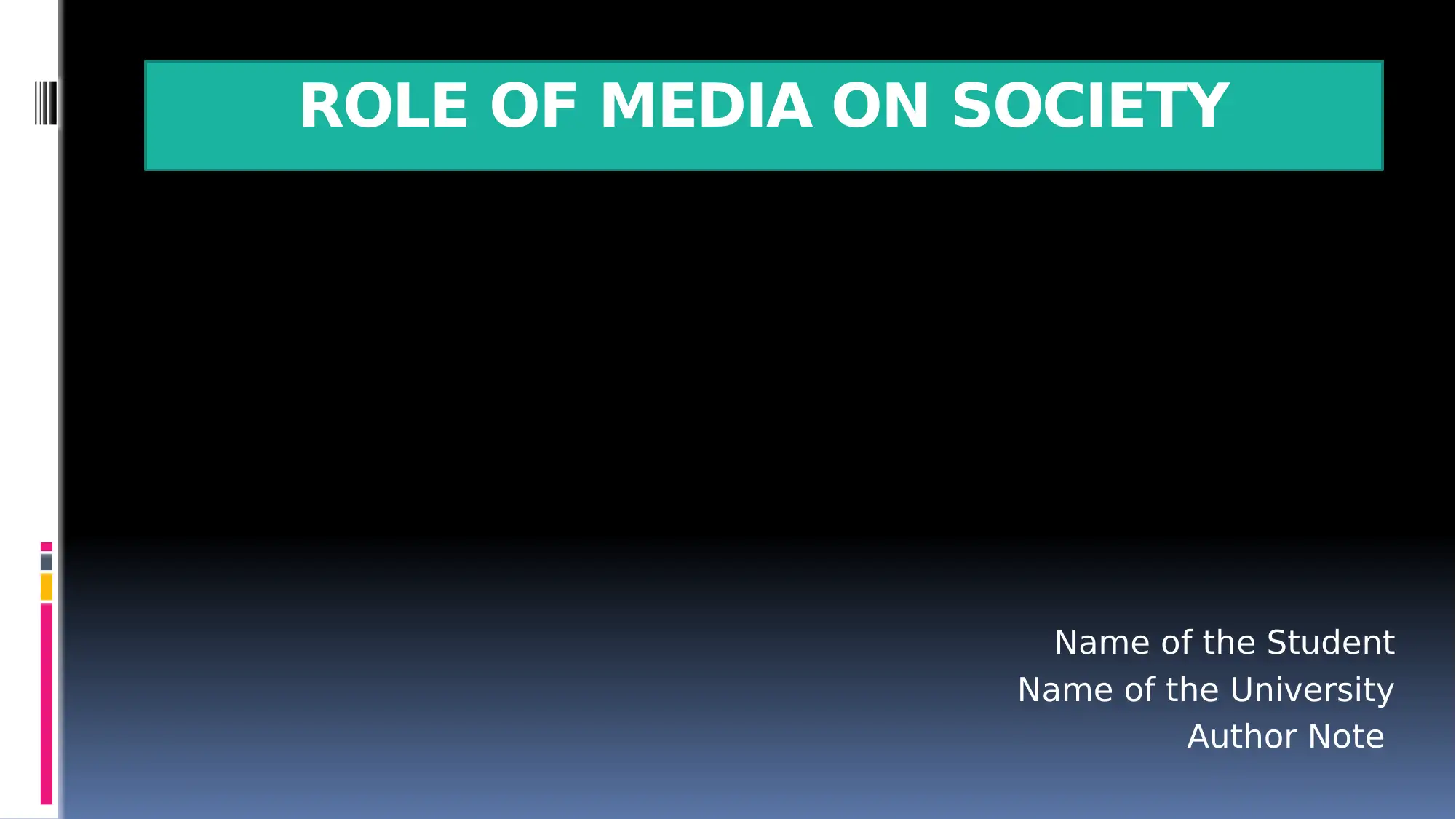
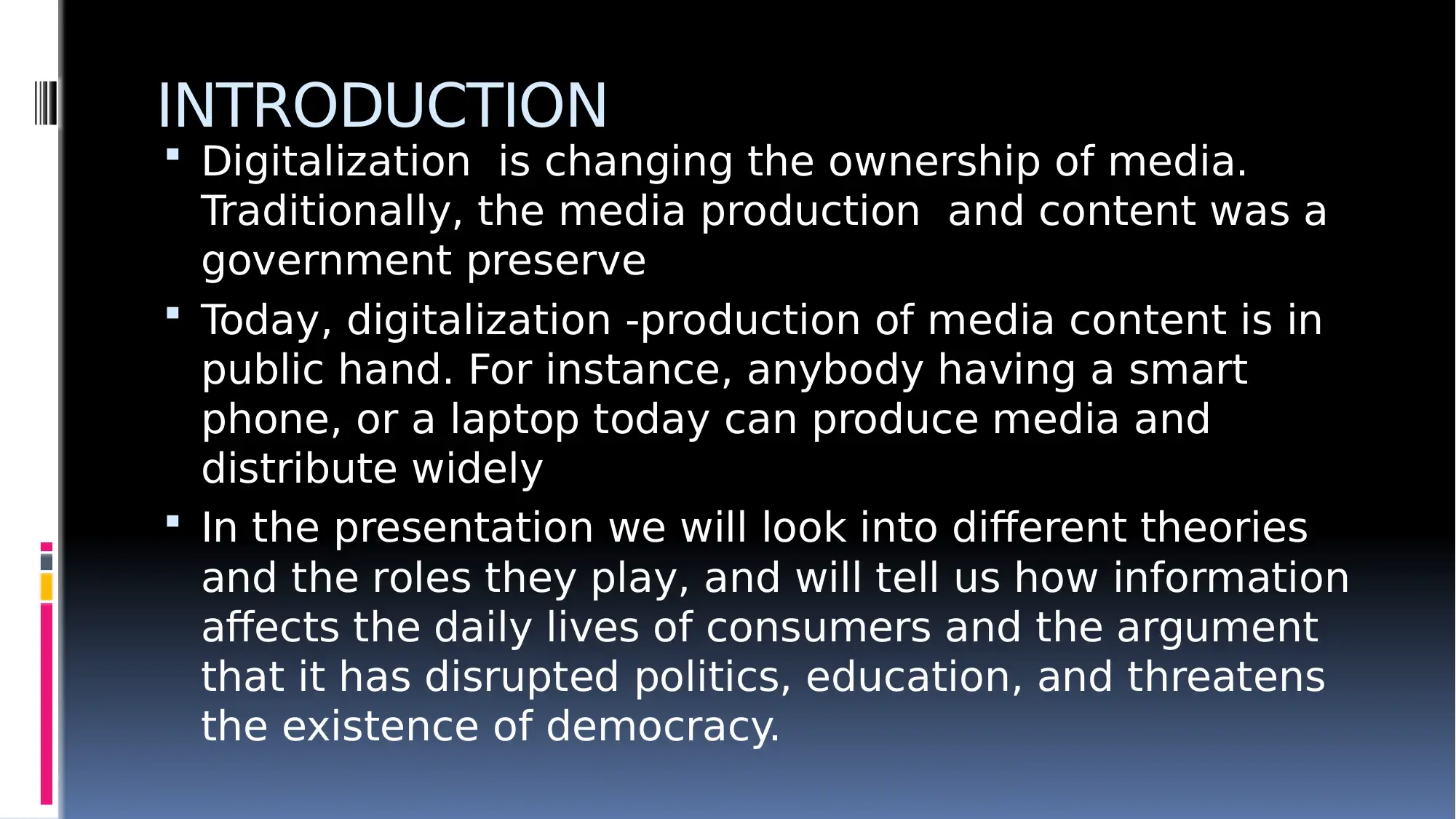
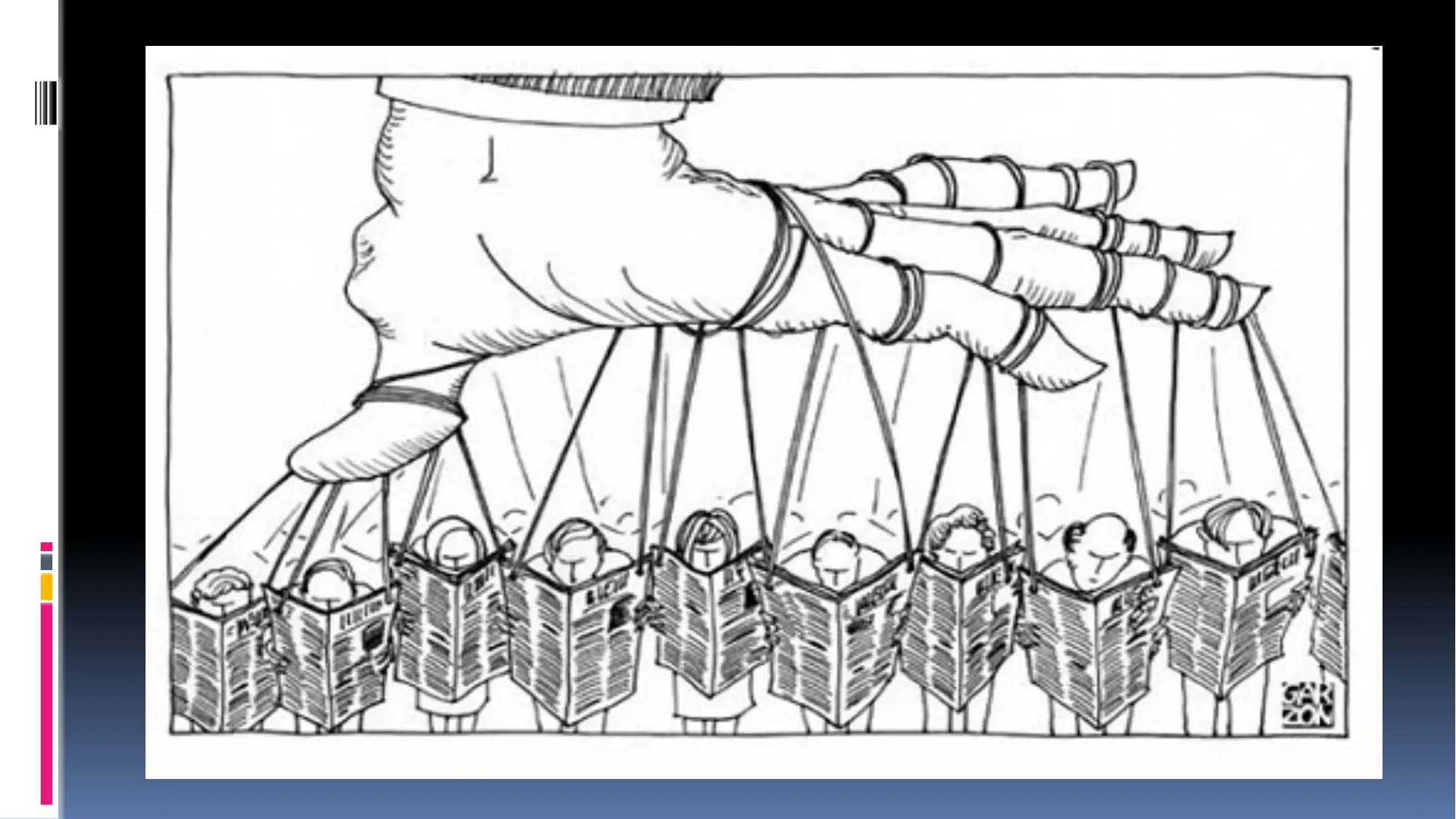

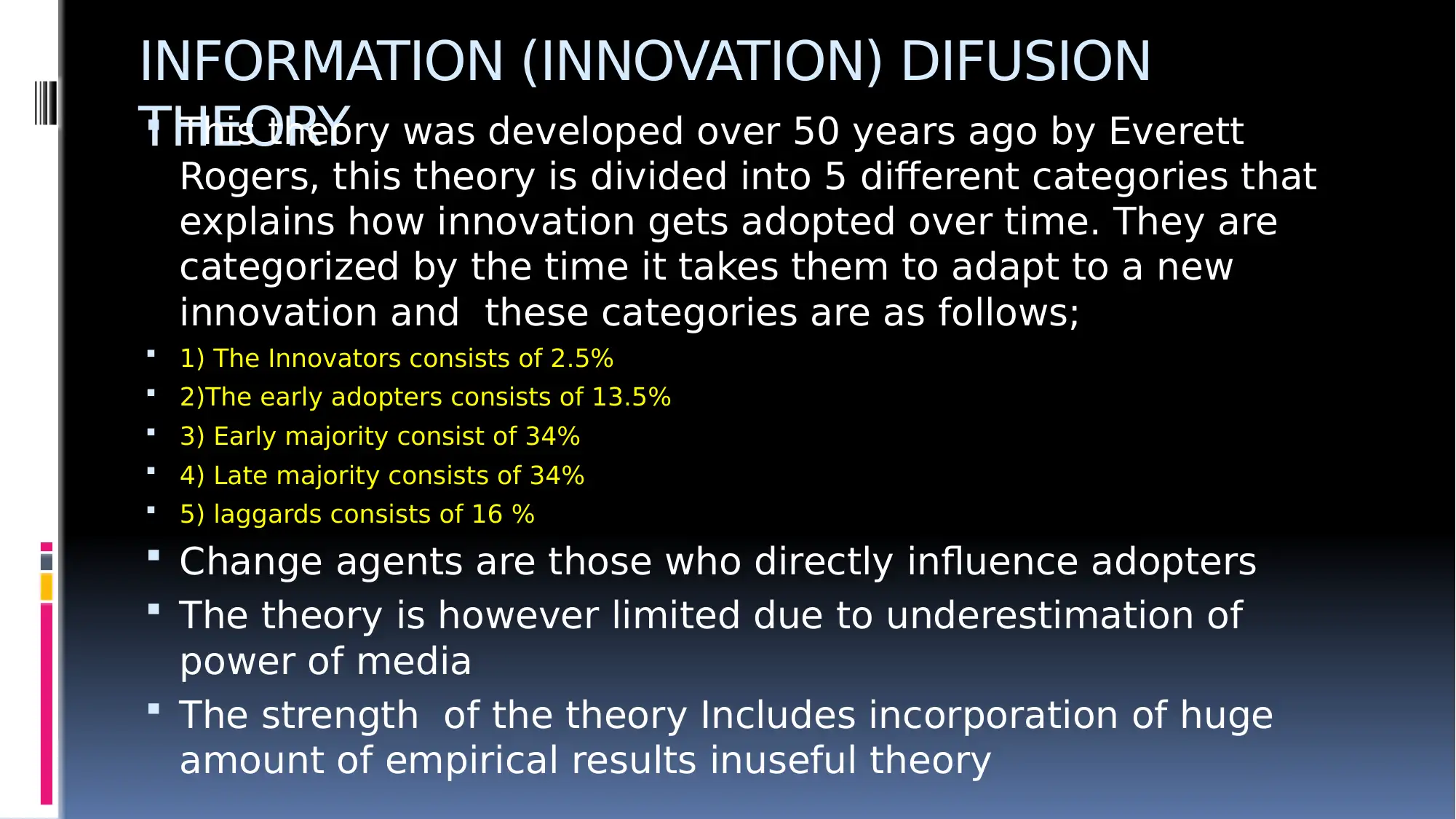
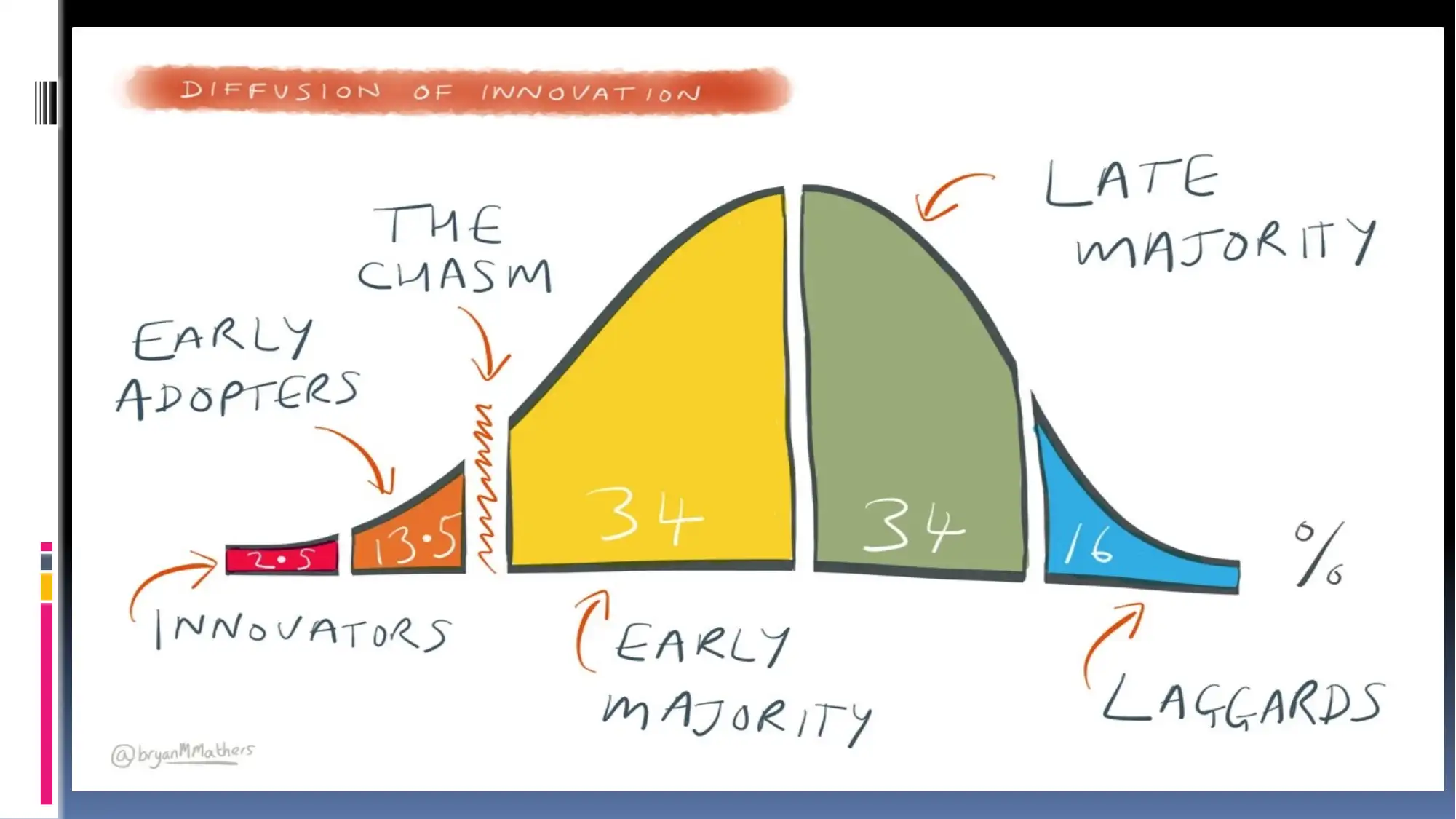
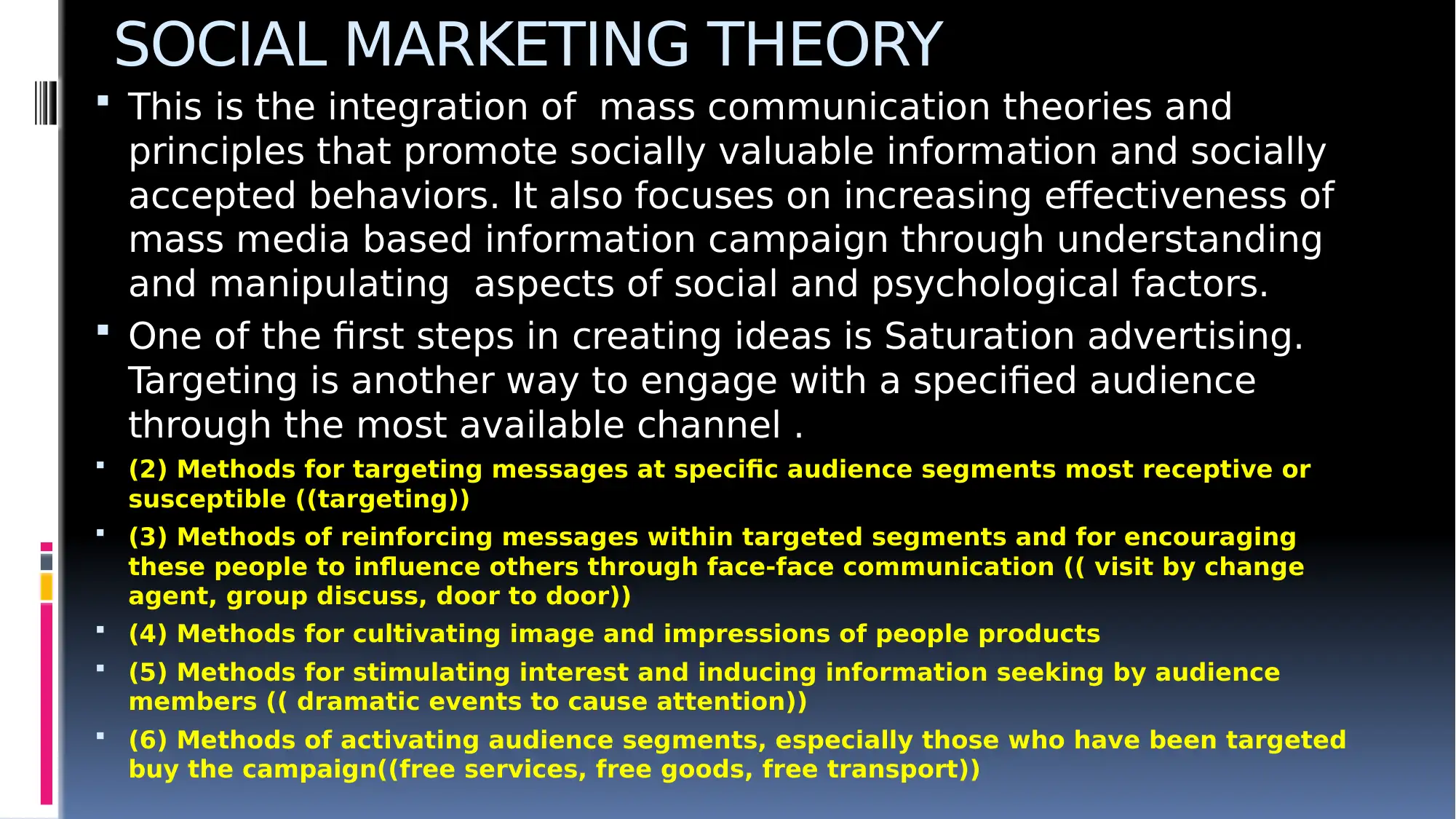
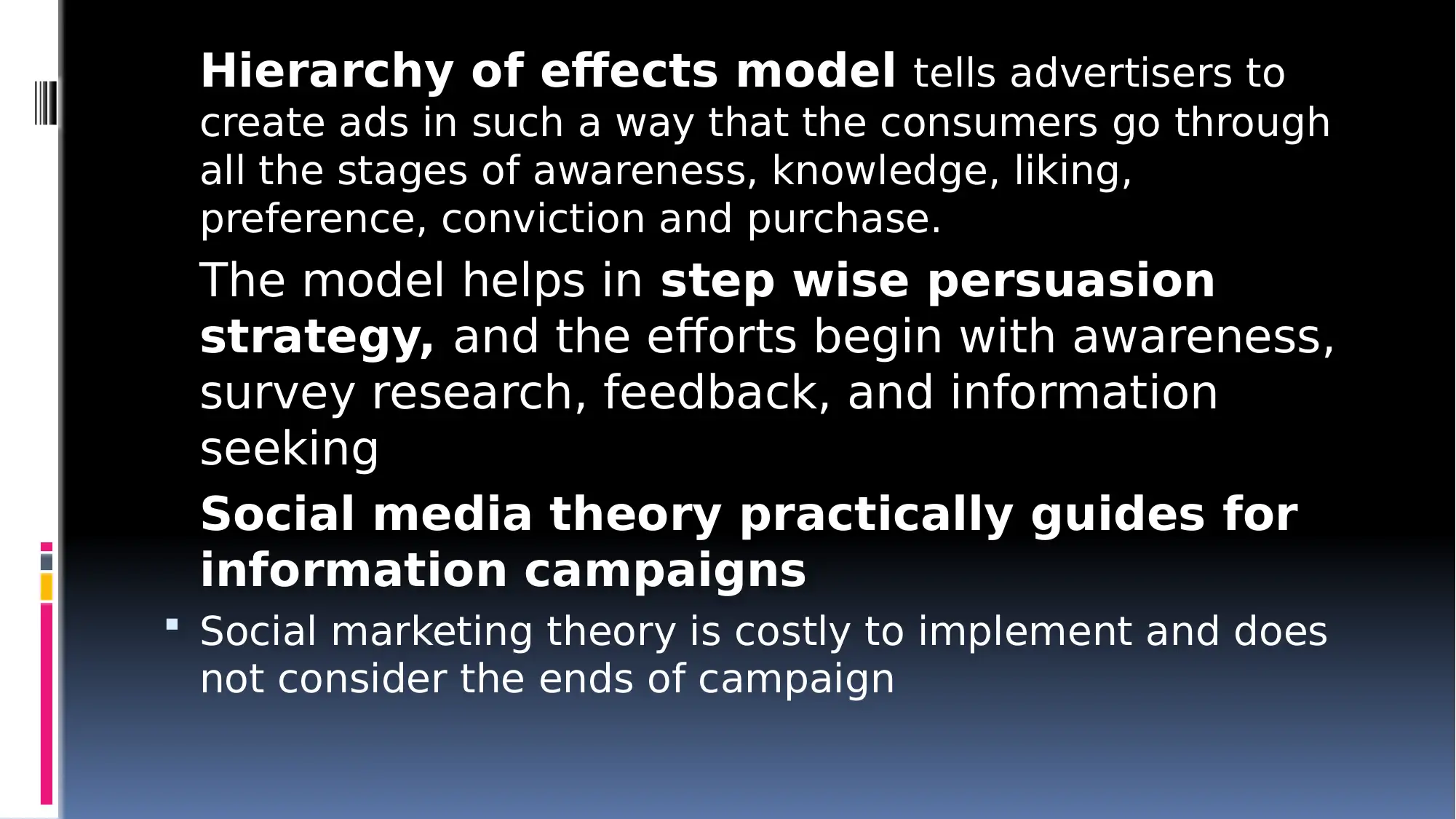
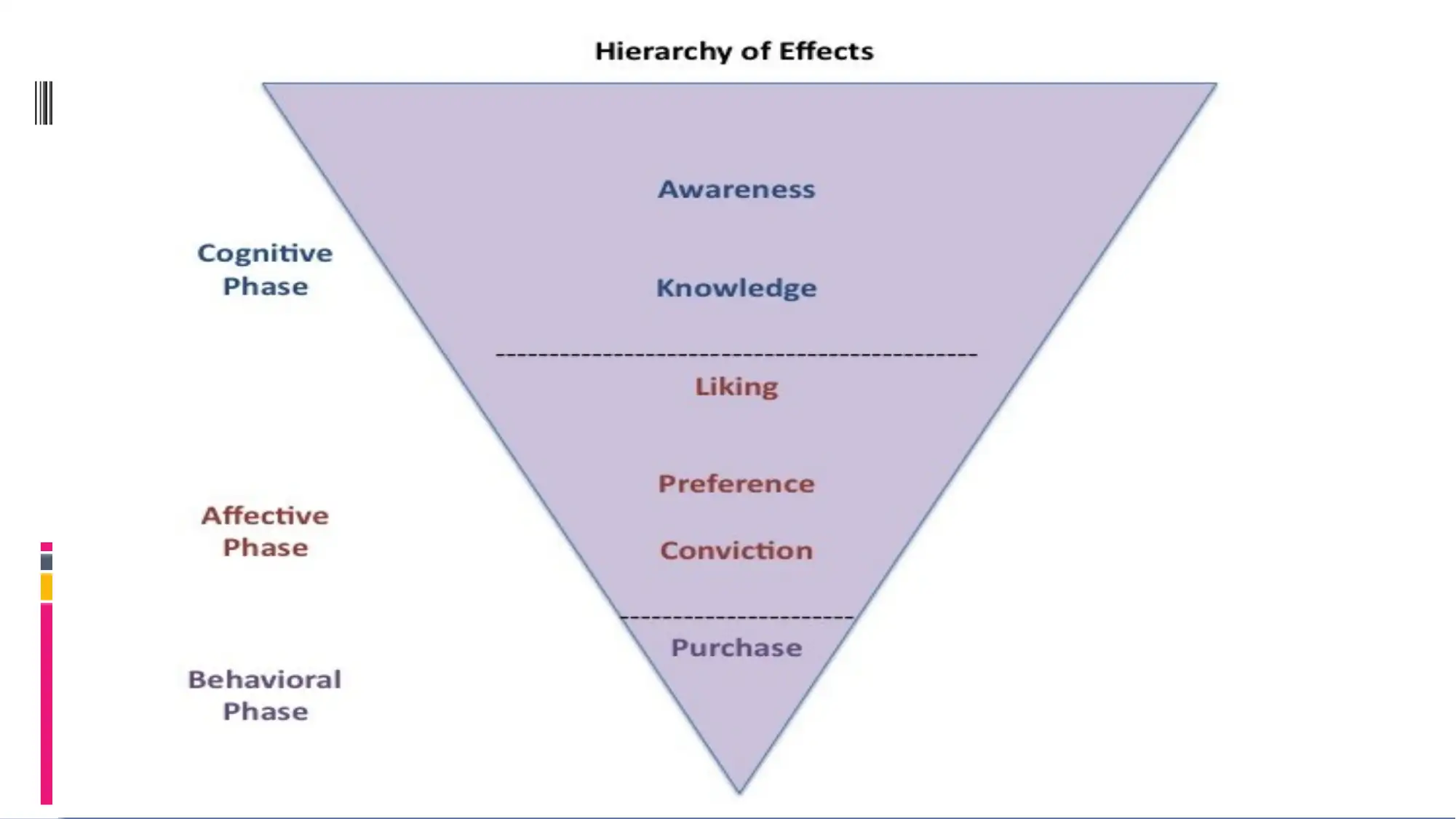
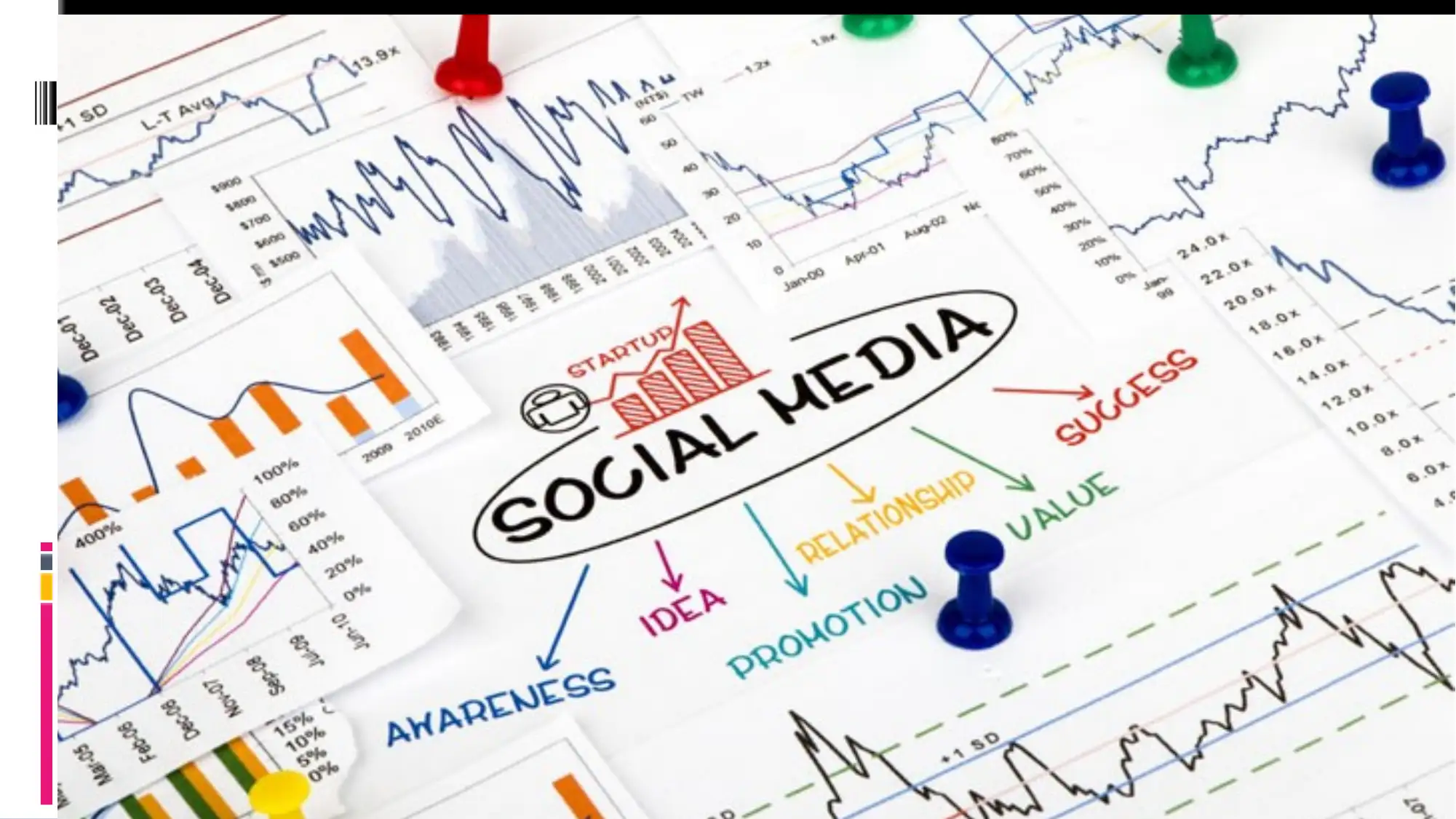
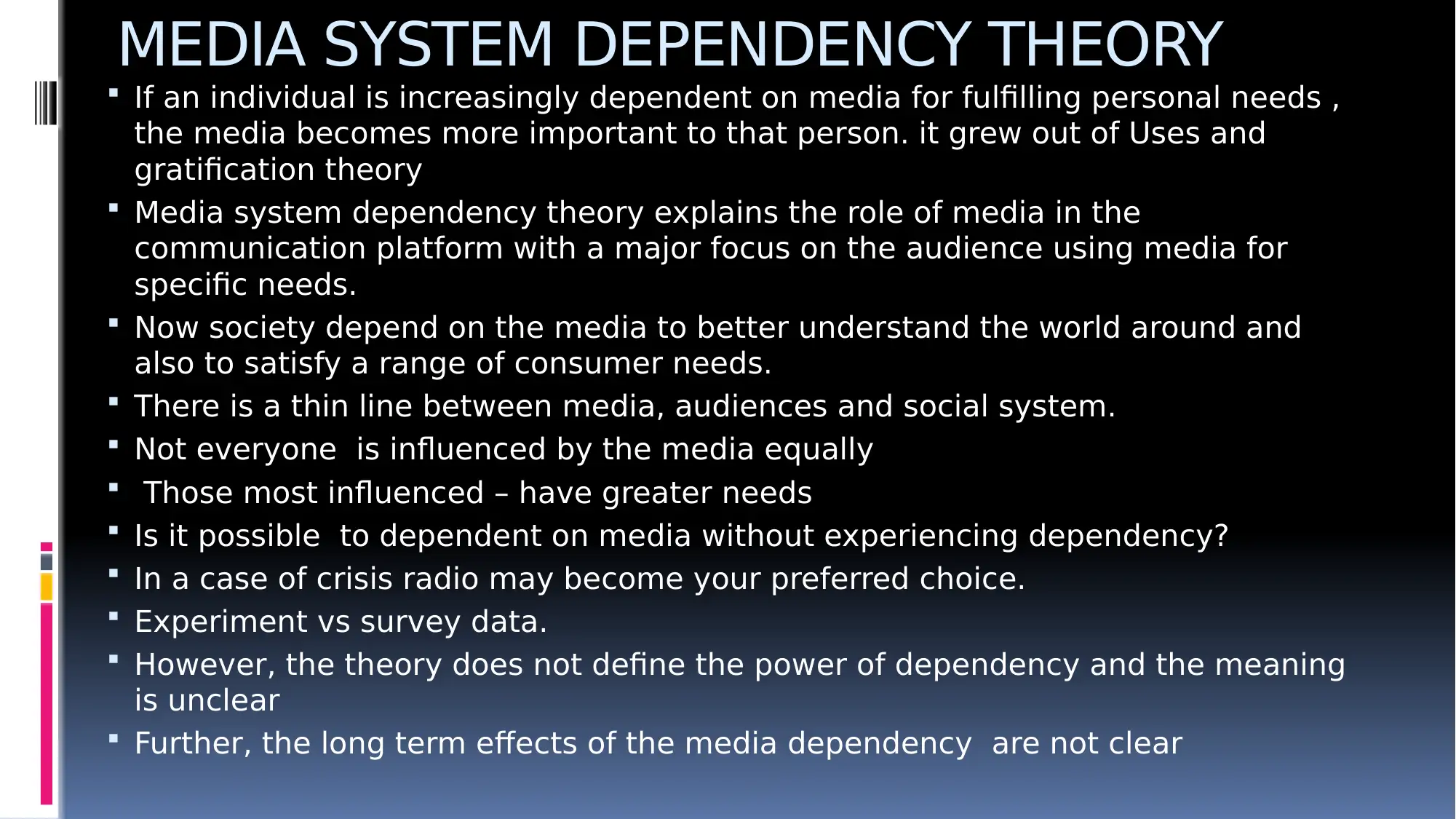
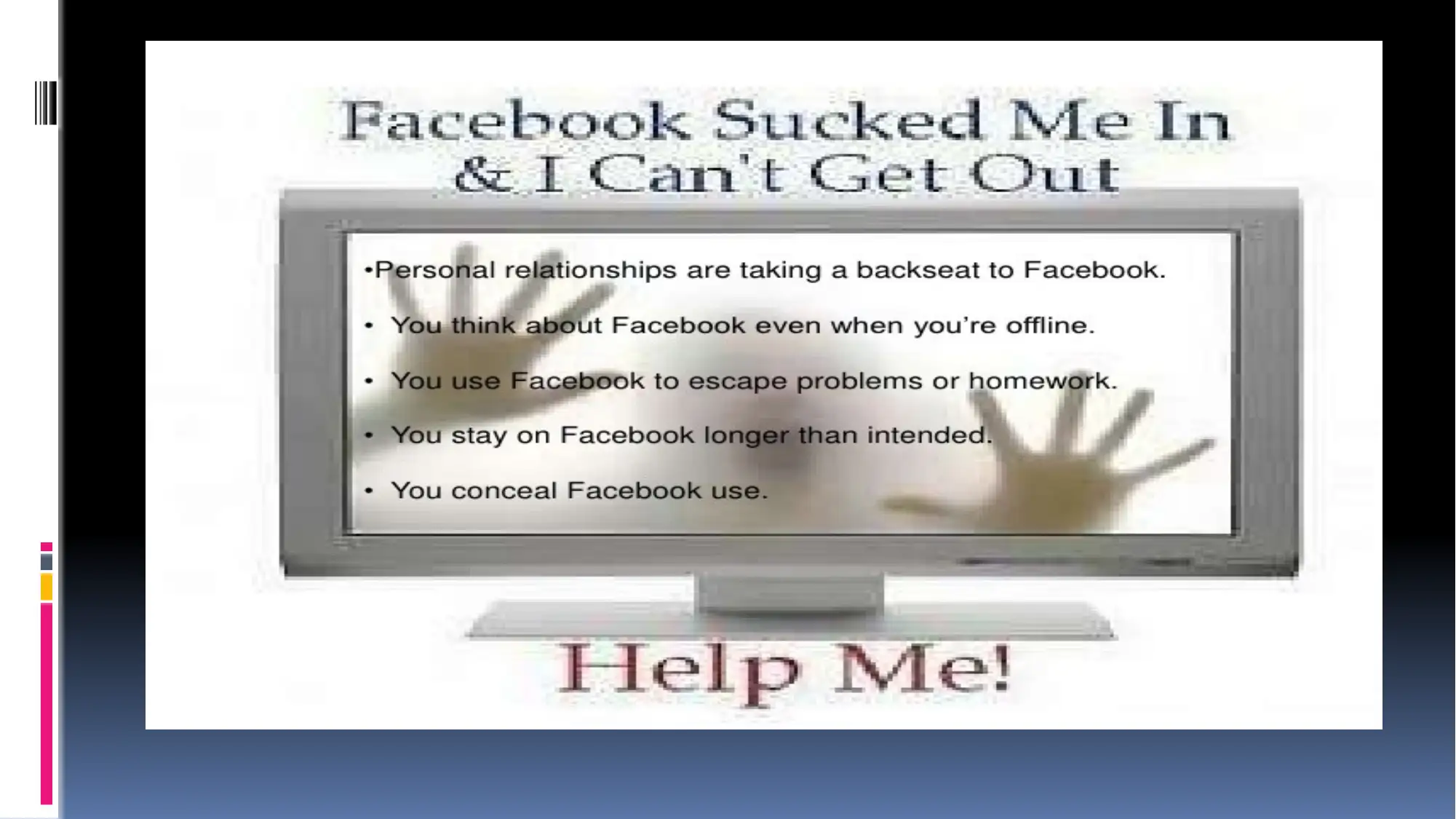
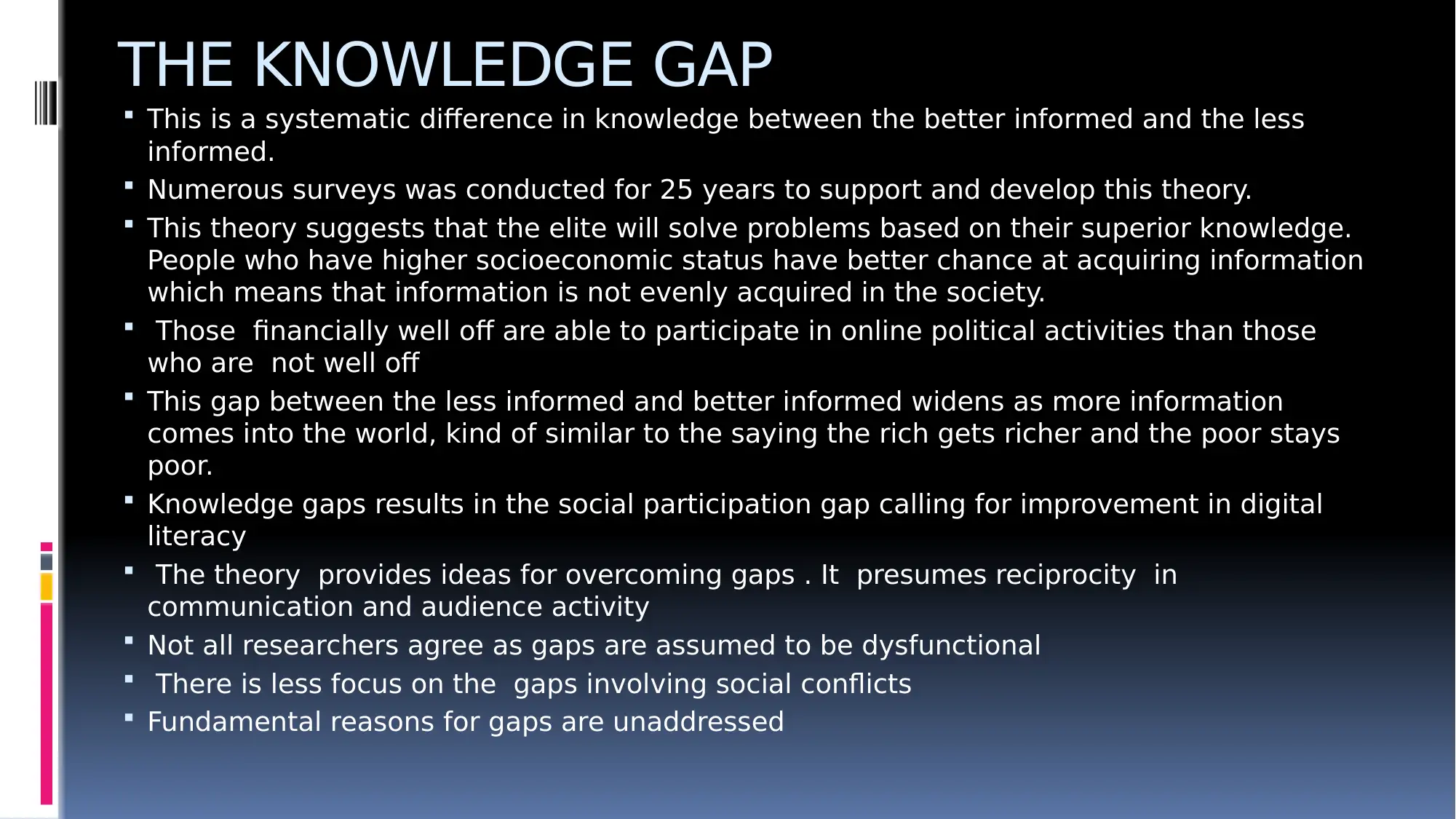






![[object Object]](/_next/static/media/star-bottom.7253800d.svg)